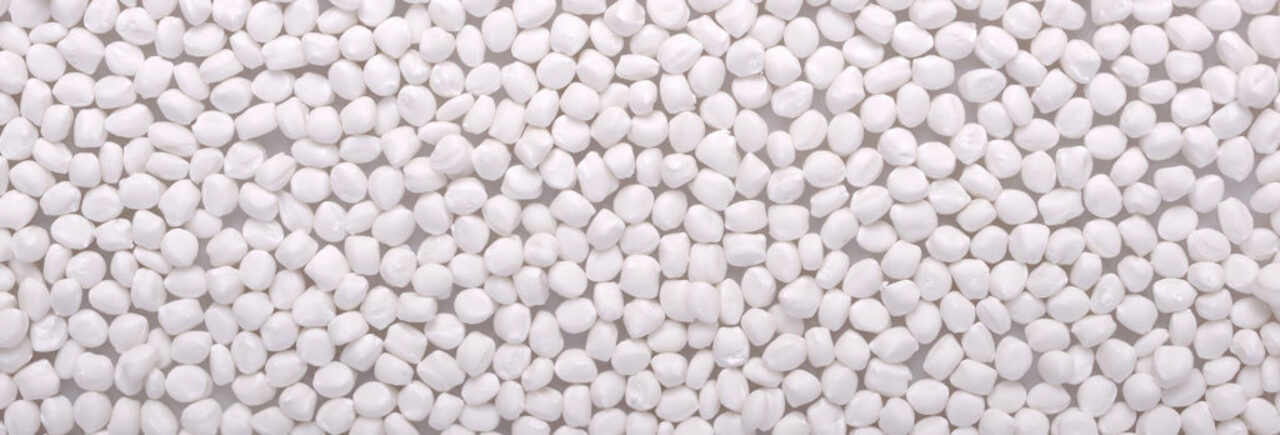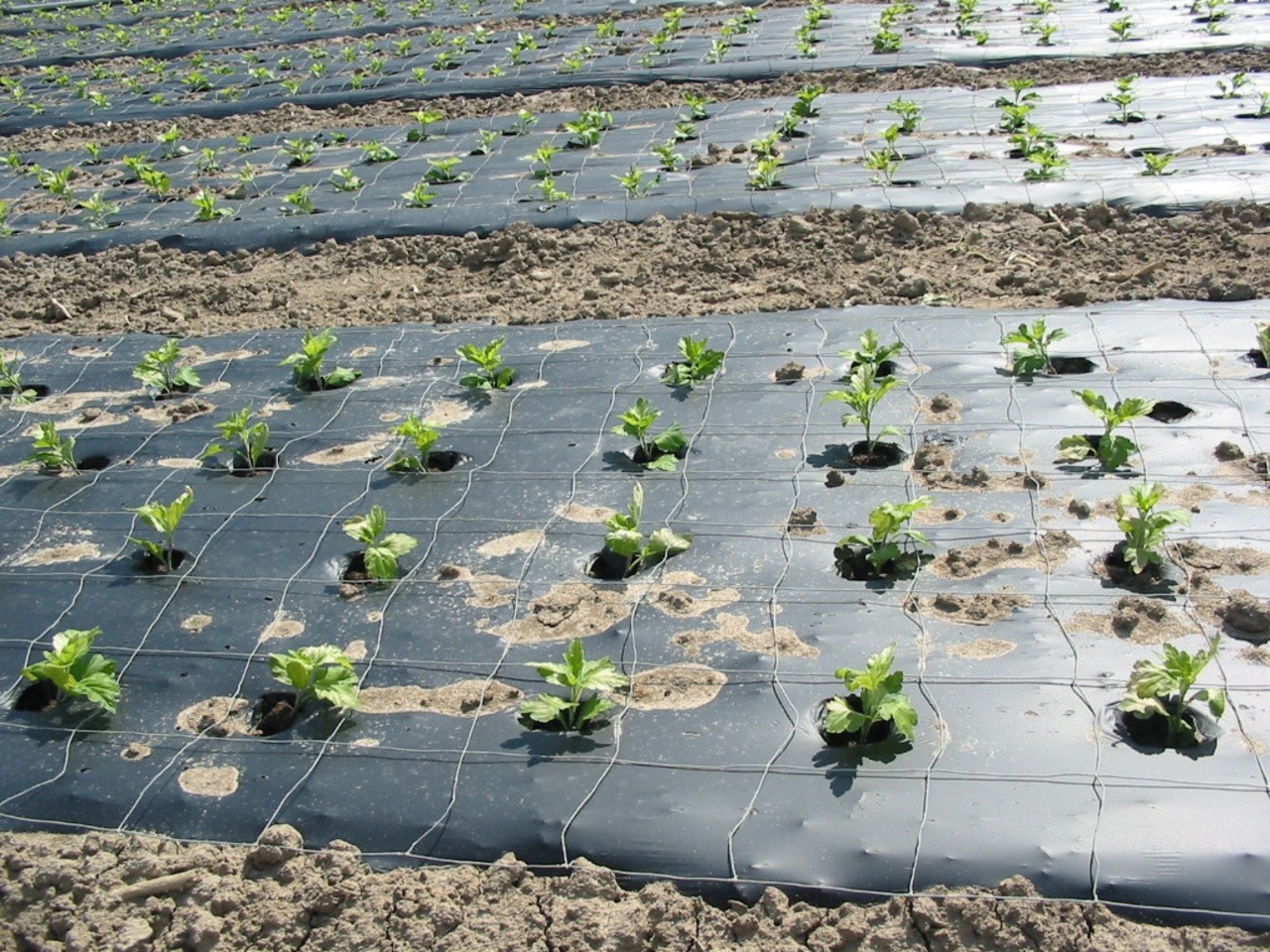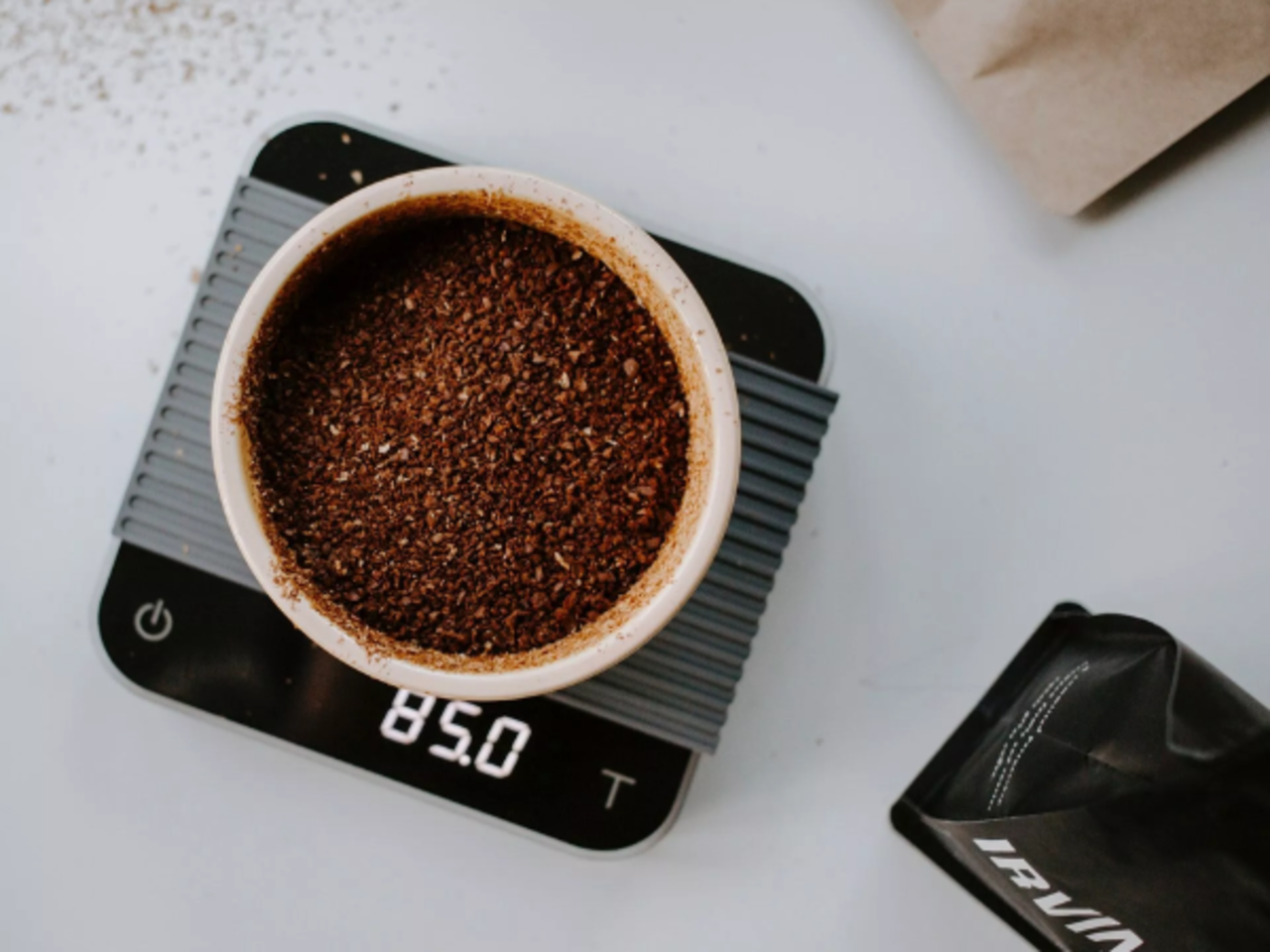An Overview of Bioplastic Raw Material

Nowadays, As awareness about the planet's issues rises, as people focus on environmentally friendly materials in daily life to address environmental concerns. So, Bioplastic Raw Material are born to solve the problem of eco-conscious customers, providing a greener alternative to traditional plastics.
1. What is Bioplastic Raw Material?
Bioplastic raw material refers to the natural and renewable sources used in the production of bioplastics. Bioplastics are typically derived from renewable resources, such as plant-based feedstocks (e.g., corn, sugarcane, cellulose) or agricultural byproducts.
Due to these natural properties, Bioplastics raw materials offer several environmental benefits compared to traditional plastics
- Renewable origin: These resources can be grown and replenished, unlike fossil fuels, which are finite and contribute to carbon emissions when extracted and processed.
- Reduced Carbon Footprint:Bioplastics generally have a lower carbon footprint compared to conventional plastics. The production of bioplastics typically involves capturing carbon dioxide (CO2) during the growth phase of the plant-based feedstocks, which helps offset carbon emissions, contributing to net zero global’s achievement.
- Resource Efficiency: Some bioplastics can be produced using byproducts or waste materials from other industries, reducing the need for additional agricultural land or resources. For example, coffee grounds or agricultural waste can be utilized as feedstocks for bioplastic production, providing a value-added use for these materials that might otherwise be discarded
- Biodegradability: Many bioplastics are designed to be biodegradable or compostable under specific conditions. This means they can break down naturally into non-toxic substances through biological processes, such as microbial action, over time. Biodegradable bioplastics reduce the accumulation of plastic waste in landfills and ecosystems, potentially mitigating environmental pollution.
- Reduced Dependency on Fossil Fuels: Bioplastics offer an alternative to conventional plastics that rely on fossil fuels, which are associated with environmental concerns, including greenhouse gas emissions, air pollution, and oil spills. By utilizing renewable resources as raw materials, bioplastics help decrease the dependency on fossil fuel extraction and contribute to a more sustainable and circular economy.
2. Types of Bioplastics Raw Materials
Bioplastic Raw Material is made of various types of raw materials. By clearly understanding their sources, properties, we can make informed choices to promote a more sustainable and circular economy.
Starch Based Bioplastics
Starch, a widely available polysaccharide, serves as a prominent raw material for bioplastics. Derived from crops like corn, wheat, potatoes, and tapioca, starch based bioplastics offer excellent biodegradability and compostability. Their versatility enables their application in packaging, disposable cutlery, and food containers.
>>> Learn more: Discover the Sustainable Advantages of Bio Compostable Plastic
Polylactic Acid (PLA)
Polylactic acid, derived from fermented plant sugars such as corn or sugarcane, is one of the most widely used bioplastics raw materials. Its renewable nature, biodegradability, and versatile properties make it suitable for various applications, including packaging, textiles, and medical devices.<
PLA normally applied in producing food packaging materials, Disposable Cutlery, Textiles and Apparel, Medical Devices and also 3D Printing
Polyhydroxyalkanoates (PHA)
Polyhydroxyalkanoates (PHA) are bioplastics produced by bacteria that feed on plant sugars or vegetable oils. PHA is one of the bioplastics raw materials that serve as energy and also carbon stores. They can be combined with other nomone to output different materials. 
These biodegradable and thermoplastic materials exhibit excellent mechanical properties, enabling their utilization in packaging, agricultural films, and biomedical applications.
Polyhydroxybutyrate (PHB)
Polyhydroxybutyrate (PHB) is a type of biodegradable polyester that is produced by bacteria through a process called fermentation. The bacteria convert sugar or other carbon sources into PHB as a means of storing energy. PHB is a versatile bioplastic that shares similar properties with traditional plastics like polypropylene. It is rigid, strong, and has good barrier properties against moisture and gases. PHB is resistant to oils and greases and has excellent biocompatibility, making it suitable for use in medical devices and implants.
Other Raw Materials
This section provides a glimpse into various other bioplastic raw material. Cellulose, derived from wood pulp or agricultural waste, offers an abundant and renewable source for bioplastics. Lignin, a byproduct of the paper and biofuel industry, presents an opportunity for valorization in bioplastics production. Polyhydroxybutyrate (PHB), polycaprolactone (PCL), polypropylene carbonate (PPC), protein-based materials, polyglycolic acid (PGA), and polytrimethylene terephthalate (PTT) are potential bioplastic raw material.
Coffee based bioplastics
Bioplastic made from coffee grounds is different in production method. However, it has become more and more popular due to its numerous advantages to our environment.
Coffee-based bioplastics are a type of biodegradable plastic that is made partially or entirely from coffee grounds or coffee-related byproducts. Simply, bioplastic made from coffee grounds is a plastic granule material with a combination of natural materials, which is used coffee grounds, which are selected and utilized to create a new renewable materials.

AirX is a pioneering firm at the forefront of sustainable innovation, utilizing coffee grounds to produce a wide range of eco-friendly products, including cups, straws, spoons, and more. This innovative approach not only reduces the negative impact on the environment but also contributes to the global net-zero goal through its carbon-negative store functions.
As the demand for sustainable alternatives to conventional plastics continues to rise, bioplastics hold immense promise. With an extensive range of raw materials, including starch, PLA, PHA, and emerging sources like algae, coffee based bioplastics,….the bioplastics industry is evolving rapidly. By understanding the properties and applications of various bioplastic raw material, we can drive innovation and contribute to a more sustainable future.
Contact us
AirX is the world's first carbon-negative bio-material made from coffee grounds.
We specialize in producing bio-based composites using recycled carbohydrates derived from by-products such as coffee grounds, coconut husk, husk, and bamboo. Our goal is to promote sustainability through the use of eco-friendly materials.
We are always here to help and provide the best service possible. If you have any questions or would like to receive advice and feedback directly from our sales staff, please do not hesitate to contact us. You can reach us through:
- Whatsapp: +84 969 742 950
- Email: [email protected]
We look forward to hearing from you!

